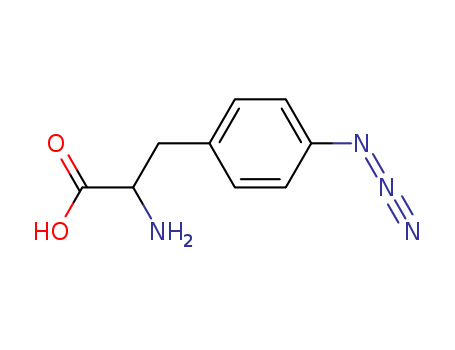10.1021/ja210587q
The study systematically investigates various clickable UAAs for their potential in high-resolution smFRET, focusing on parameters such as probe accessibility, protein expression yield, and quantitative labeling. The researchers found that genetically encoding propargyllysine (UAA 5) offers significant advantages for state-of-the-art measurements compared to other UAAs. Using this optimized system, they presented a biocompatible one-step dual-labeling strategy for the regulatory protein RanBP3, demonstrating that a region with two FxFG repeat sequences adopts a disordered but collapsed state. Key chemicals used in the process include UAAs such as p-acetylphenylalanine (1), p-azidophenylalanine (2), p-(propargyloxy)-phenylalanine (3), and aliphatic alkyne UAAs (4 and 5), as well as fluorescent dyes like Alexa 488 and Alexa 594 for labeling and smFRET measurements.





